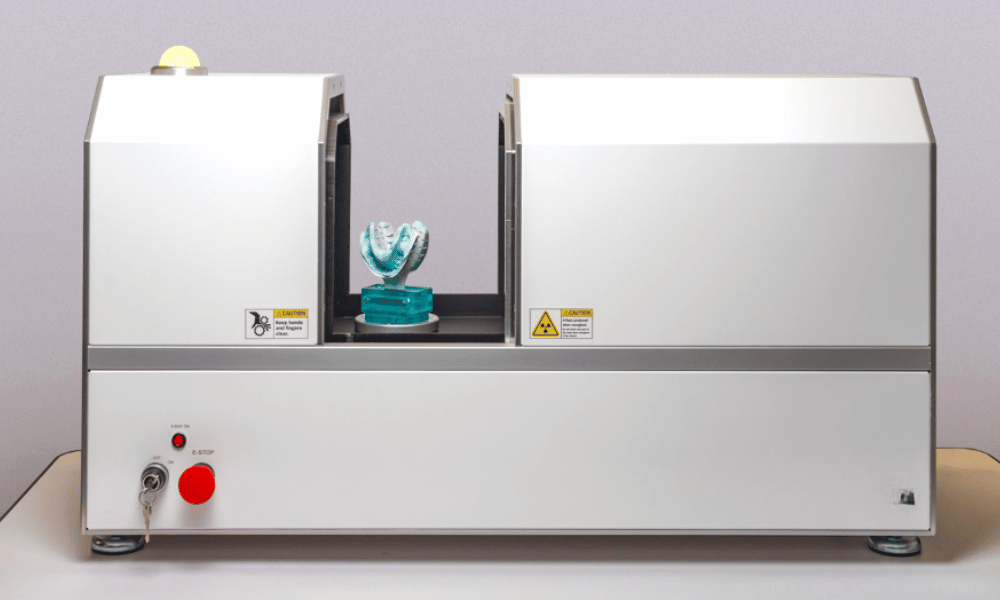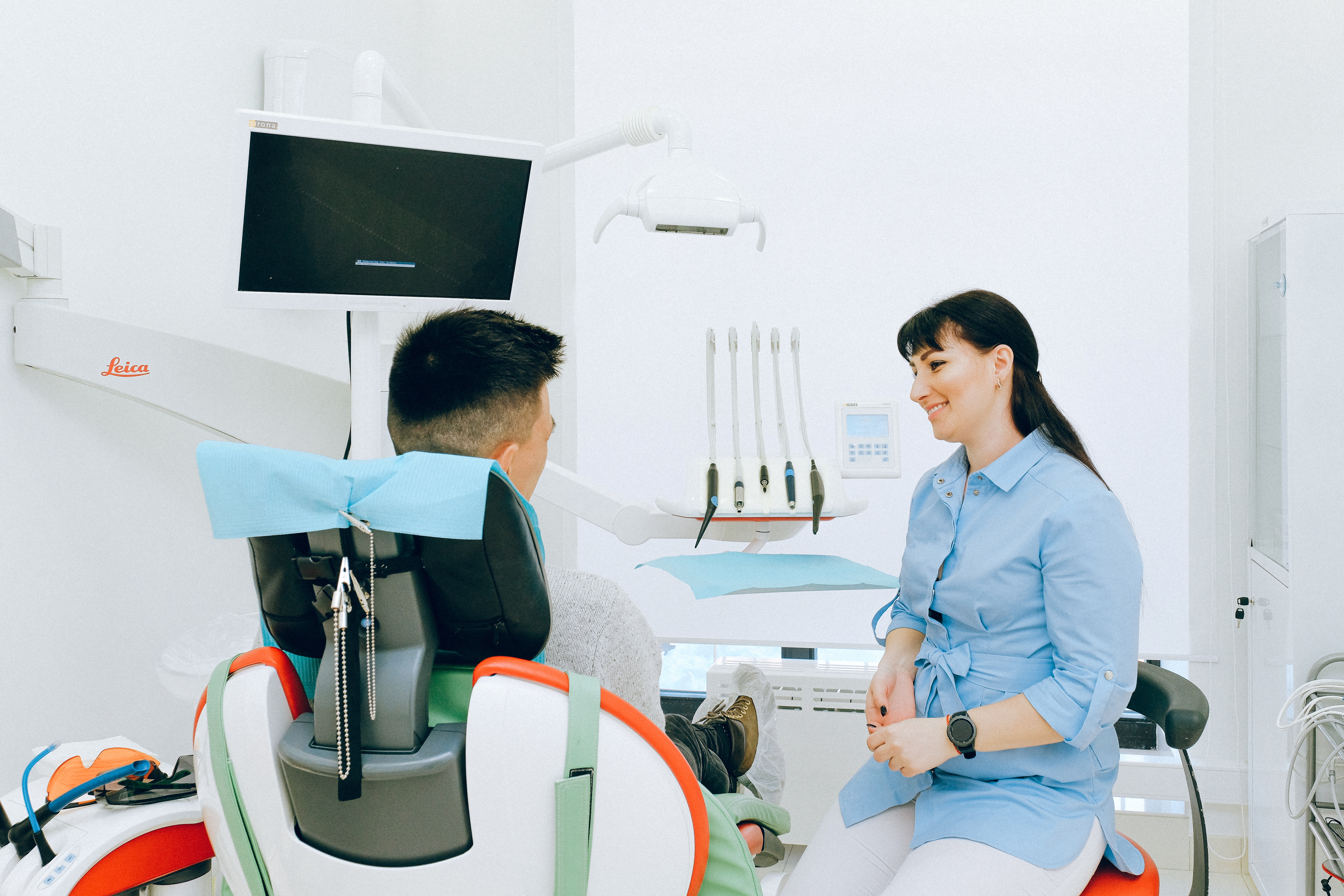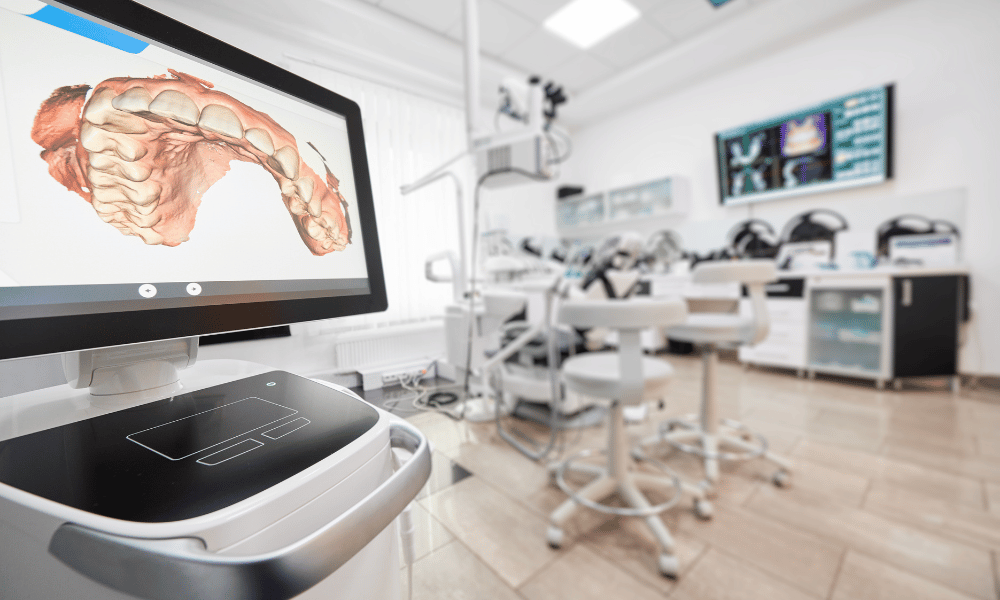July 17, 2024
.png)

Written by:
Dylan Schubert
One of the best developments in dentistry is CAD/CAM technology. CAD/CAM dental software designs and manufactures dental appliances such as restorations and prostheses. This technology streamlines the workflow in any dental practice for better efficiency, accuracy, and cost-effectiveness.
In this guide, we'll explore the essentials of CAD/CAM in dentistry, highlighting its importance, benefits, and impact.
CAD/CAM are abbreviations for Computer-Aided Design and Computer-Aided Manufacturing. CAD involves using software to design detailed 3D models of dental restorations, while CAM refers to automated manufacturing through milling or 3D printing
CAD/CAM technology was developed in the 1960s for the automotive and aerospace sectors and entered dentistry in the 1980s. At first, it was used to create inlays, onlays, veneers, and crowns, but then CAD/CAM expanded to producing fixed partial dentures, implant abutments, and orthodontic appliances.
CAD/CAM technology enhances the efficiency and quality of dental care by reducing turnaround times, minimizing errors common in traditional methods (especially when taking accurate impressions), and ensuring a precise and comfortable fit for your patients.
Implementing CAD/CAM in dentistry involves five steps for better efficiency and precision than traditional methods.
CAD/CAM technology offers numerous advantages, such as increased speed, accuracy, and patient comfort. The transition to digital workflows results in better patient outcomes and more efficient operations for dental practices, making CAD/CAM dentistry a clear improvement over conventional methods.
CAD/CAM dental software lets you create highly detailed virtual 3D models of a patient's oral anatomy using digital scans taken intraorally or via impression scanning. These virtual models are helpful for planning restorative procedures such as crowns, bridges, or implants with exceptional precision. Dental 3D modeling software significantly reduces the guesswork traditionally involved in dental restorations with their accurate models for better treatment planning.
One benefit of CAD/CAM dental software is the ease of collaboration between your practice and the dental lab. These digital tools make sharing data and collaborating on restorative procedures easier regardless of location.
Using dental 3D modeling software in your practice significantly impacts workflow and patient satisfaction. Here's what to consider when choosing the best CAD/CAM dental software for your practice:
If you want to incorporate dental 3D modeling software into your practice, some popular options include:
There are several ways to apply dental CAD/CAM tools to your dental practice. CAD/CAM technology allows you to create accurate 3D models of your patient's mouth using digital scans for 3D printers.
These models facilitate the design of dental prosthetics and processes, including:
CAD/CAM dental restorations offer unparalleled precision, efficiency, and quality throughout their production. From designing and manufacturing prosthetics to enhancing procedures with 3D printing and planning complex cases, CAD/CAM technology transforms dental practices for better patient experiences.
One of CAD/CAM's primary benefits in dentistry is improving the efficiency and accuracy of restorations. CAD/CAM technology reduces opportunities for human error, so patients enjoy better-fitting restorations in a shorter time. Digital impressions are also far more comfortable for patients than traditional methods involving messy and uncomfortable impression materials.
Integrating Artificial Intelligence (AI) with CAD/CAM technology further enhances the accuracy and efficiency of dental restorations in a few ways:
As dentistry continues to evolve, AI and CAD/CAM technology are crucial in shaping its future. They ensure high-quality restorations and increased satisfaction for patients and practitioners.
Integrating CAD/CAM into your practice requires careful planning and strategic implementation.
Here are a few tips to use while implementing CAD/CAM technology into your practice:
Aside from these tips, another factor in successfully designing CAD/CAM dental restorations is ensuring everyone knows how to use it. Proper training and continuous education help maximize the benefits of CAD/CAM by:
Enroll in comprehensive programs covering all aspects of CAD/CAM, such as workshops, online courses, and manufacturer-provided training sessions, to get the most out of training.
While implementing CAD/CAM technology can benefit your practice, it's important to remember that it doesn't replace your and your hygienist's skills and expertise. It is to help you provide the best care to your patients.
The future of CAD/CAM in dentistry is poised for significant advancements as AI and smart automation further integrate into these systems and advanced imaging techniques are added.
Along with incorporating innovative technology into your practice, working with a lab that can provide your patients with the best CAD/CAM dental restorations and prosthetics is essential. At PRO-Craft Dental Laboratory, our commitment to excellence ensures:
Contact us today to learn how we can support your practice with our timely, consistent, high-quality dental restorations.

With the development of technology like micro CT scanning, dentistry continues to make technological advancements in the industry. Micro-CT scanning in dentistry is crucial to intelligent...
Read More
Elevate your dental practice with our innovative 3-step TRIAD Diagnostic Wax-up process. Our dental diagnostic wax-up is a powerful communication tool that bridges the gap between patients, dentists,...
Read More
Staying ahead of all new technology in dentistry is necessary for any dental practitioner. As we step into 2025, integrating cutting-edge technology is no longer optional—it’s a necessity. Staying...
Read More